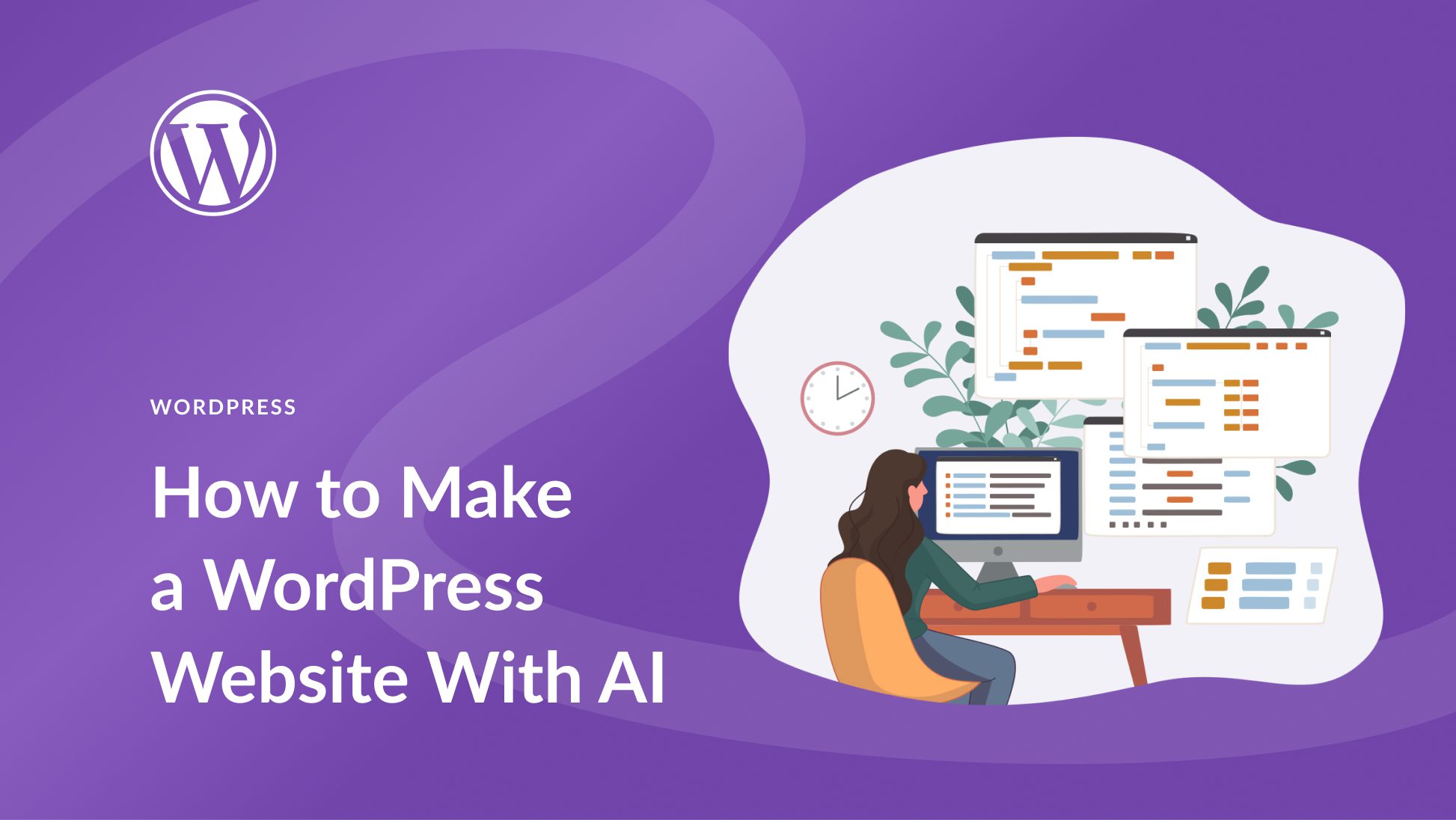
Which is better Wix or Shopify?
Have you ever wondered which platform is superior for starting an online store: Wix or Shopify? Which one offers better features, customization, and affordability for budding entrepreneurs? Or perhaps, you’re considering which platform can help you streamline your business processes more effectively. These questions often occupy the minds of many individuals and businesses looking to establish a robust online presence.
Recent studies such as the one conducted by Statista (2021) and Forbes (2021), have highlighted the increasing complexity in choosing the most suitable platform for online businesses. The issue arises due to the variances in features, pricing, technical requirements, and customer support offered by both platforms. According to a recent business survey conducted in the United States, a significant number of entrepreneurs face challenges in making an informed decision between Wix and Shopify. This, therefore, confirms the critical need to create a well-researched and comprehensive comparison guide to simplify the selection process.
In this article, you will learn about the unique selling propositions of both Wix and Shopify, how they stack up against each other in terms of features, pricing, ease of use, and overall performance. The information in this piece will be derived from up-to-date and authoritative sources and will also draw insights from firsthand user experiences.
In the conclusion of our detailed guide to Wix versus Shopify, you will not only be able to understand the strengths and weaknesses of each platform but also be equipped to make a personalized choice based on your specific business needs and expectations. Hinging your decision on these parameters would increase the likelihood of your e-commerce success.
Definitions and Meanings of Wix and Shopify
Wix and Shopify are both platforms for building and managing online businesses. Wix is a website builder designed to make it easy for anyone to build a website without any programming knowledge, perfect for small businesses or personal websites. It offers broad functionality for customization, making it easier to personalize your site.
Shopify, on the other hand, is a specifically ecommerce platform. It focuses on providing everything an online store needs to start, run, and grow your business. Shopify includes a range of features like inventory management, payments, shipping and customer engagement tools to simplify the process of running an online store for small or large-scale ecommerce businesses.
Wix versus Shopify: Unmasking the Superior Platform for your eCommerce Dreams
Key Features Comparison
The first crucial point to understanding in this ‘Goliath Showdown’ between Wix and Shopify lies in dissecting their key features. Wix, known for its simplicity and user-friendly interface, offers an ideal platform for small to mid-scale online stores. It excels in offering designer templates and easy drag-and-drop functions, providing novices the tools to develop visually alluring sites with zero coding knowledge. Additionally, Wix encompasses vital eCommerce capacities like inventory management, multiple payment options, and customer reviews to ensure a smooth shopping experience.
On the other hand, Shopify, a dedicated eCommerce platform, caters to enterprises of all scales. It provides more advanced eCommerce features, such as abandoned cart recovery, multichannel selling across social media platforms, and integration with major shipping carriers. Moreover, it boasts an impressive app marketplace, permitting store expansions beyond its original capabilities. Both platforms, however, offer SEO tools and mobile optimization, keeping up with the current market trends.
Price Packages and Customer Support
Weighing the cost-effectiveness is another imperative task in this decisive battle.
- Wix offers various plans, starting from $23/month to $500/month, depending on the features and support included. This makes it an affordable choice for start-ups.
- Shopify’s plans range from $29/month to $299/month, not considering the additional transaction fees unless using Shopify Payments. Though a bit more pricey, it offers value for money as a comprehensive eCommerce tool.
In terms of customer support, both platforms match one another. Wix users can take advantage of readily available self-help articles, phone, and email support. Shopify, however, shines with its 24/7 live chat, email, and phone support, serving a global network of users. In terms of community support, Shopify has a more established community of users where it’s easier to find help and share experiences, which can be instrumental for businesses looking for quick problem resolutions and suggestions.
Taking a step further into the eCommerce odyssey, the third phase of comparison delves into versatility. While Shopify takes the cake in terms of sheer eCommerce tools, Wix holds its ground with its creative freedom for web design. Each contender has strengths in different arenas with the choice depending heavily on the specific business needs of the user. While Wix suits users seeking an aesthetically pleasing basic eCommerce store, Shopify stands out as the ultimate choice for advanced online stores with big aspirations.
Ultimately, both Wix and Shopify have carved distinct identities in the eCommerce world. The ideal choice among the two intensifies into the ‘Goliath Showdown,’ directly proportional to unique business requirements and expected online store scale.
Unlocking the Power of Wix and Shopify: A Comparative Analysis
Is There a Clear Winner – Wix or Shopify?
To begin with, it’s essential to ask, do we ever find a clear-cut victor when comparing website builders like Wix and Shopify? They have their unique strengths and quirks that cater to the needs of different business models and requirements. Wix, for instance, is exceptionally user-friendly. It doesn’t ask for technical expertise, making it an ideal choice for venture initiators who are looking to craft websites all by themselves. It provides an extensive set of design templates that give you the liberty to create visually appealing sites in a jiffy. In contrast, Shopify is a clear standout for those intending to forge an eCommerce store. Its powerful store management and inventory functionalities indeed put it a notch above in terms of specialized online store building.
Piecing Together the Puzzle:
The second focal point is no doubt the problem both Shopify and Wix are designed to address — building a robust online presence. However, the approach is vastly different. Wix, due to its easy-to-use drag-and-drop interface, focuses more on giving users the freedom of building a custom website without the need for any coding. On the other hand, Shopify, while also providing an easy to use platform, emphasizes heavily on functionalities that aid in eCommerce such as secure payment gateways, inventory management, and shopping cart features. Businesses seeking to create an online shop might find certain aspects of Wix less accommodating as compared to Shopify.
Despite their benefits, there are a few roadblocks. For Shopify, the costing might be a hindrance for some small businesses. Its basic plan may seem quite steep, considering the overall investment for setting up an online store. Wix, while being cost-effective, its non-availability of advanced eCommerce tools and the inability to switch templates once selected, could pose challenges for some users.
Best Practices in Action:
Drawing upon specific examples that showcase the best practices; consider a small boutique firm wishing to sell custom-made attire. Shopify, with its extensive eCommerce toolset, including options for product catalogue set-Up, sale analyser, third-party app integrations and practical SEO tools, will be an ideal choice. Let’s take another scenario, a freelance photographer wishing to showcase his portfolio might find Wix more useful. Its stunning design templates, photo galleries, and multimedia support would make an excellent platform to exhibit and promote their work while also catering to the potential of offering online booking services.
Thus, while Shopify and Wix have distinct specializations, their applicability greatly depends on the specific business requirements, technical know-how and budget considerations. Both platforms have proven their mettle in their respective areas of expertise – Shopify shines as a comprehensive eCommerce platform and Wix as a versatile website builder.
Defining the Future of eCommerce: How Wix and Shopify Measure Up
A Matter of Choice: Wix or Shopify?
Just imagine stepping into the world of e-commerce, a world filled with possibilities and opportunities for growth. The first key decision you will grapple with is the choice of the best platform to launch your business. Wix and Shopify, both emerge as unrivaled leaders, but which outdoes the other? The answer heavily lies in your unique business model. Wix offers remarkable simplicity and user-friendly features, making it perfect for beginners or small-scale entrepreneurs. It sets the stage for an individual with minimum coding skills to create a professionally polished online platform. On the other hand, Shopify comes into the picture as a powerhouse that accommodates large-scale enterprises. Its advanced toolset and more comprehensive e-commerce features make it the preferred choice for businesses aimed at significant growth.
Confronting Core Concerns: Challenges of E-commerce Platforms
Despite the advantages these platforms bring to the table, the journey is often strewed with possible hiccups. An entrepreneur may wrangle with the limits of customization on Wix, making it somewhat restrictive for a business longing to manifest its unique identity. Shopify, while comprehensive in its offerings, may pose complexity to a novice entrepreneur. Its extensive features, while appealing to large businesses, may seem overwhelming for small-scale entrepreneurs. The platform’s subscription costs may also be discouraging to startups or small businesses operating on a limited budget. Thus the main issue remains defining the scale of the operation and choosing an accommodating hosting platform.
Setting the Best Standards: Successful Examples from the Field
Nevertheless, numerous successful ventures exhibit how to tap into the strengths of these platforms and curtail their downsides. For instance, take the example of businesses like Sabai Design and Condor. Both have built an impressive online presence using Wix, thanks to its easy user interface and aesthetic flexibility. Despite being small-scale, they have established a robust brand image and seamless navigation structure for their customers. In contrast, entities like Gymshark and Hasbro have leveraged Shopify’s scalability capabilities to accommodate their massive consumer base. They have efficiently utilized the advanced analytic tools to track their growth and manage their extensive product catalog. Choosing the right platform is the key to unlocking the full potential of an e-commerce platform. Hence, the decision should be based on the scale and nature of the business and the targeted growth trajectory.
Conclusion
Could you truly sustain your business or fulfill your goals with a substandard platform? It’s crucial to choose a platform that best aligns with your needs, whether it’s Wix or Shopify. Ultimately, the best solution depends on your individual needs, preferences, and goals. Both Wix and Shopify have features that may appeal to different users. Wix’s impressive range of templates and creative freedom might attract those who prioritize design flexibility over everything else. Conversely, Shopify could be the right platform for ambitious businesses who require robust selling tools and would benefit from its comprehensive ecommerce features.
We earnestly encourage you to subscribe to our blog, as it is brimming with relevant, insightful content curated to cater to your queries about ecommerce platform comparisons, business strategies, and digital marketing trends. Through our subscription, you’ll gain access to an abundance of resources that can educate, inspire, and guide you in making informed decisions about your online presence. So, why wait to enlighten yourself when you can do it right now?
As we continue to explore the battlefield of ecommerce platforms and beyond, our upcoming releases promise more stimulating discussions and sharper insights. It is our aim to help you navigate your entrepreneurial journey with confidence. We strive to provide content that will keep you a step ahead in your industry. So, sit tight and anticipate our next pieces because we are just getting started and there is so much more to learn and discover.
F.A.Q.
What are some key differences between Wix and Shopify?
While both platforms offer ecommerce solutions, Shopify is focused purely on online selling, rendering it more robust for an ecommerce store. Wix, however, is an overall website builder that also has ecommerce capabilities.
Which platform is better suited for beginners?
Wix is usually easier for beginners as its interface is more intuitive and less technical. Conversely, Shopify may pose a steeper learning curve, especially for those without previous ecommerce experience.
How do Shopify and Wix differ in terms of cost?
Shopify’s plans generally cost more than Wix’s, but the former provides greater ecommerce-specific features and tools. Wix offers cheaper options better suited for small businesses or those just starting.
Which platform offers better design and customization options?
Both offer a variety of themes and customization options, but Wix has an advantage in the design aspect. It offers more freedom for layout and design customization compared to Shopify’s more structured templates.
Can both Wix and Shopify handle high volumes of sales and traffic?
While Wix can handle moderate traffic and sales, Shopify is more equipped to handle high volumes. Shopify is designed to support heavy traffic and sales, therefore is better suited for larger businesses.










